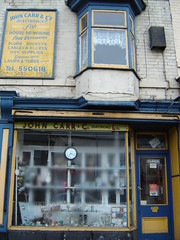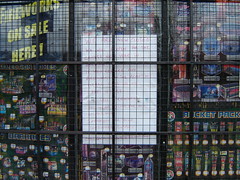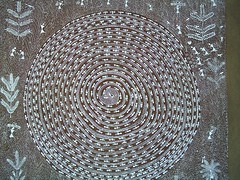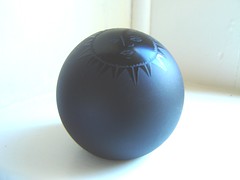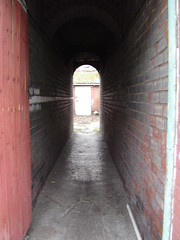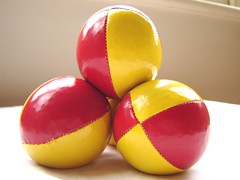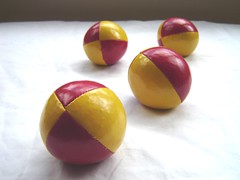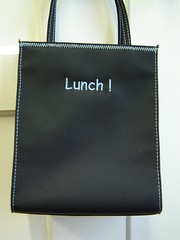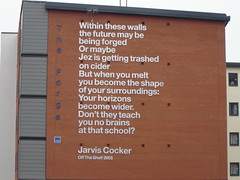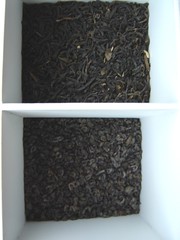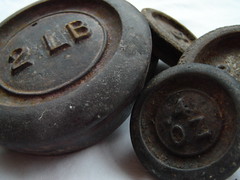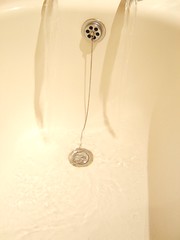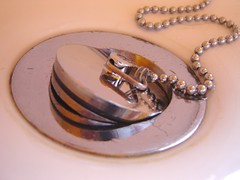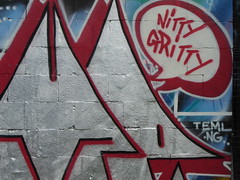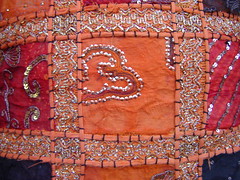 cushion
cushion
It was very good to read Dr Joolz writing at length about the narrative texture of blogs. I know on Blogtrax there are plenty of references to the distributed patchwork of themes that emerge when people refer to and hyperlink across sites. But there are also, of course, counternarratives about the social affordances of new technology. Resistance to change, coupled with a latent tendency to mistrust technology has, I think, led to the emergence of a particular kind of discourse, inflected by moral panic.
These scare stories tend to focus on the internet, usually constructed by the popular media as a ‘place’ - a place inhabited by weird and scary people, and a place in which weird and scary things take place. Whilst such stories undisputedly have their basis in fact, they work together to construct new media as a threat (even a personal threat). I’ve identified 5 views that underpin these scare stories.
• Your virtual property is never secure - it can easily be stolen or maliciously corrupted by viruses;
• Your personal details are easy to locate – so easy that internet criminals can steal and use your identity (your money);
• You are constantly under surveillance - where you go, what you do and what you say is always tracked;
• Your personal safety is at risk – young people, in particular, are at risk from sexual predators;
• You shouldn’t trust who you meet – people aren’t who (or even where) they say they are.
.....are there any more?
